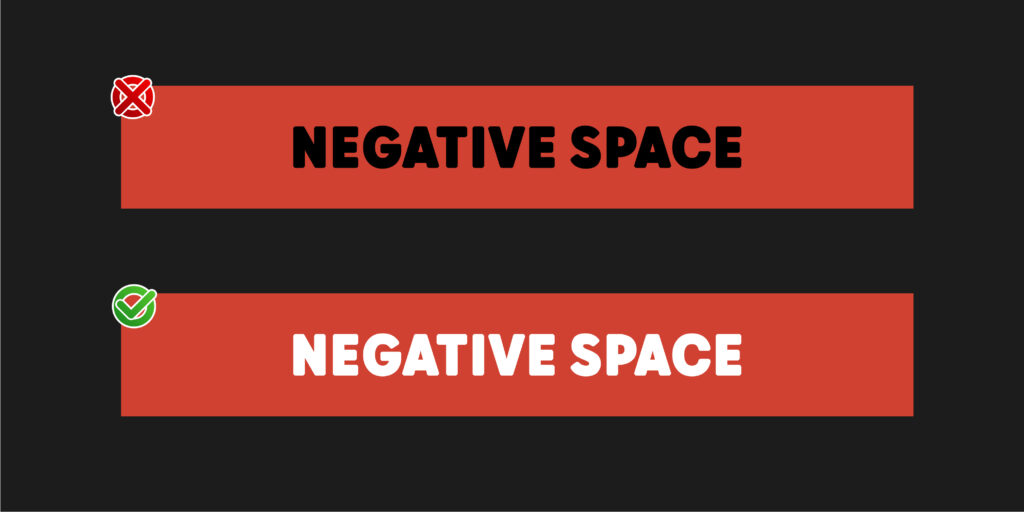Artwork Guidelines
As you can imagine, embroidery works a little differently from printing.
Embroidery machines need to be told where, when and how to place the stitches required to create your design – this information cannot be coded into a standard image file like PNG or JPG as it would have no instructions for what is being ‘drawn’. For that, we need something more specialised: digitising requires an artist’s touch!
But before any work begins on converting designs from paper onto fabric, some guidelines must first apply. These will vary depending on which product has been chosen, but they’re important factors worth considering before ordering embroidered designs.
Design Guidelines for Embroidery
Embroidery is a versatile and beautiful product that adds warmth to any garment or accessory. Designs can be created in 3D or flat styles, with multiple colour choices available for the most realistic embroidered appearance.
The design file needs to meet certain criteria before it’s digitized, and the maximum size of the embroidery depends on which product you’re using.
Size Of Embroidery
The size of our embroidery varies across hats, but on all clothing, it’s always 10x10cm (this will cover an area about the size of a drink coaster).
- Beanies: 11 x 4 cm rectangle.
- Caps: 12 x 5 cm rectangle.
- Clothing: 10 x 10 cm circle.
Your design can be any shape or size, as long as it fits within the boundary of the product you're having embroidered.


Detail
You can make your embroidery look more creative if you try to thicken the finest details so they won't be lost. For best results, we recommend a minimum line width of 0.125 cm for flat embroidery projects. Any smaller than this, and the threads can become lost in the fabric and appear messy.
For text, please stick to a minimum width of 0.5cm per letter.
Thread Colours
We've updated our service to allow 15 colours per design. We've also have over 50 standard and premium thread colours!
The colours used can be changed, even after your design has been digitised. The digitised file does not determine the colour of thread used; that's decided when fulfilling your order.
Please be aware that it's unlikely the thread colours will match exactly with what you designed in mind - threads are dyed before they can be embroidered on fabric!


Negative Space
For the best result, we advise against using negative space in your work. Fill any empty areas of your design with a solid colour for a more polished look and feel. For example, if you're embroidering on black textiles like this beanie, covering it up with white will give you a much neater finish!
More tips
Logo Files
High resolution JPG, BMP, TIF, EPS, AI
All files types are accepted as long as the resolution is high quality. For all first time customers there is a £15 fee per each logos or graphics to be converted into a embroidery format (digitising), this is a one off fee and your embroidered artwork will be held on file for future orders.
Vector & EPS
Vector Illustrator and EPS files are the preferred files types. It's easy to differentiate between vectors and other formats. If you zoom into a vector, you will see no jagged edges or distortion. If you zoom into a bitmap, the image and edges will become blocky.
Don't create a bitmap file and then save it as a AI or EPS file - it's still a bitmap and would be unusable unless we re-draw it for a fee.
Pantone Colours
Pantone spot colours
All colours should be converted to spot colours. Within Illustrator and other packages, individual colours can be selected and changed to their Pantone equivalents. Please refer to the software documentation, or browse the Internet for more details. When we screenprint, we first print one colour, then print a second colour, etc. This is the reason why we need colour separated files. We can then easily print out the files in colour separation.
Paths & Curves
Embedding fonts and converting fonts to paths (or curves)
If your logo has any fonts / typefaces, then these MUST be converted to paths (or converted to curves - depending on your software package). This simply means that the font is converted to a graphic object and cannot be changed. If this is not done, then when we receive the file and don't have the equivalent font, we won't be able to match your artwork.
PDF Files
Adobe PDF files
PDFs must be created from vector files and maintain edit capabilities.
Don't create a bitmap file and then save it as a PDF file - it's still a bitmap and would be unusable and would be liable for a re-draw fee.
Digital Mockups
Once you have submitted your artwork we'll produce a digital mock up for you. This will be sent out via email for your approval and give you a chance to review the colours, the layout of your design and the size it will be reproduced at before being passed to our production team for printing or embroidery.


